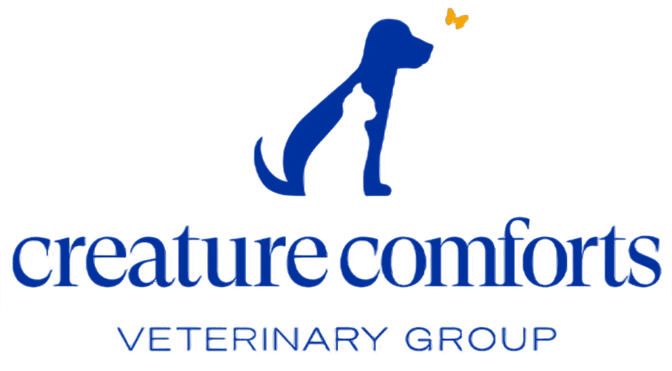
🐾 Case Study: Mateo’s Hip Surgery and Recovery
🩺 Basic Information
Patient: Mateo Sebastien Khaw
Breed: Pomeranian
Age: 7 months
Weight: ~2.3 kg
🕰 A Limp That Wouldn’t Go Away
Mateo, a sweet and spirited young Pomeranian, had been dealing with intermittent left hind limb lameness for months. His family noticed he often sat with his left leg tucked under and would yelp or snap when it was gently extended. With a history of puppyhood seizures and a clear love for life, Mateo’s comfort and future mobility were top of mind for his family.
🔍 Getting to the Root of the Problem
Initial examination revealed:
- 10/10 lameness in his left hind leg
- Pain on hip extension and stifle manipulation
- Noticeably reduced muscle mass in the affected leg
Mateo was sedated for full orthopedic radiographs. The findings were significant:
- Severe hip dysplasia on the left side
- Subluxation and femoral head fracture
- Right hip: Normal
- Mild changes on the left proximal tibia, unclear clinical significance
Given his size and age, Femoral Head and Neck Excision (FHNE) was recommended—a common surgery for small dogs that helps relieve chronic pain from hip issues.
🛠️ Surgery & Sedation
On April 10th, Mateo underwent a Femoral Head and Neck Excision (FHNE) with Dr. Adam West. Anesthesia was planned carefully due to his size, history of seizures, and puppy physiology:
- Pre-op glucose support to avoid hypoglycemia
- Methadone and Propofol for sedation and induction
- Lidocaine lavages for intraoperative pain control
- Post-op Meloxicam, Buprenorphine, and Convenia to manage pain, inflammation, and infection
The procedure involved:
✅ Careful excision of the damaged femoral head
✅ Omentalisation to promote healing
✅ Digital palpation to confirm smooth joint space
✅ Post-op radiographs confirming success
🩹 Recovery & At-Home Care
Mateo stayed at the hospital for two nights for pain management and monitoring. He initially showed 10/10 lameness (expected) and mild vomiting from excitement but remained bright, alert, and eating well.
At discharge, his care plan included:
- 10 days of oral anti-inflammatory medication
- Ongoing pain relief (Buprenorphine)
- No cage rest – gentle walking encouraged to promote healing
- Post-op suture removal scheduled on April 21st
- Plans for physiotherapy and hydrotherapy once he’s more comfortable
💡 Medical Highlights
✅ Diagnosed with severe left hip dysplasia + femoral head fracture
✅ Successfully performed FHNE surgery in a young toy breed
✅ Tailored sedation & seizure precautions for a high-risk pup
✅ Used multimodal pain control and monitored post-op recovery
✅ Encouraged early mobility for muscle rebuilding and joint function
💬 Advice to Pet Families
🐾 Chronic limping, even in young dogs, deserves investigation—early treatment = better outcomes
🐾 Small breeds like Pomeranians can suffer from orthopedic issues that aren’t always obvious
🐾 Pain in puppies can look like aggression or anxiety—watch for subtle signs
🐾 Recovery after FHNE takes time—gentle exercise and patience are key
🐾 Discuss long-term care like physiotherapy to give your pet the best shot at a full recovery
Interview Questions: Mateo’s Orthopedic Case
🎯 Sector 1: What Pet Owners Want to Know
- How do I know if my dog’s limp is serious?
- Is surgery like FHNE safe for small puppies?
- What’s recovery like after hip surgery?
- Why was Mateo encouraged to walk right after surgery?
- Will Mateo walk normally again?
🌡 Sector 2: Medical Highlights
- What made you decide on FHNE for Mateo?
- How do you handle anesthesia in seizure-prone puppies?
- What are the signs of hip dysplasia in toy breeds?
- Can this condition be prevented or detected earlier?
🩺 Sector 3: Vet’s Community Message
- What are your top tips for managing post-op orthopedic care in puppies?
- Why is early mobility so important after FHNE?
- What role does family support play in surgical recovery?
- Any advice for owners of toy breeds with suspected joint issues?
- What’s the biggest takeaway from Mateo’s case?
